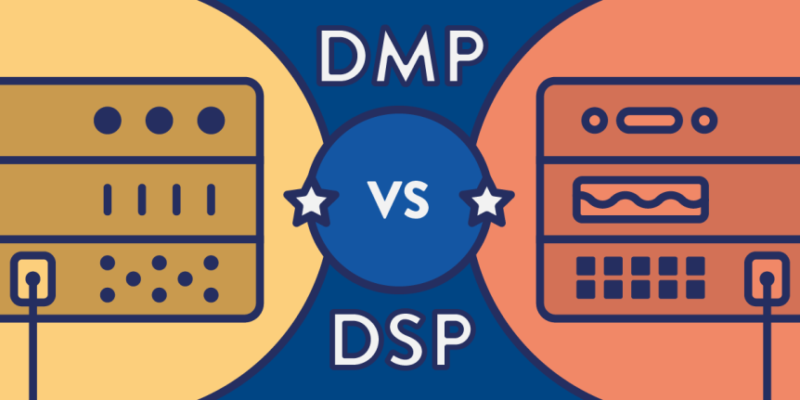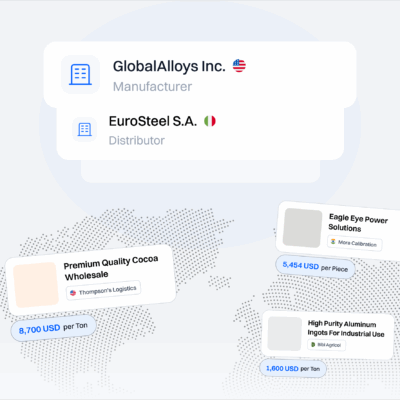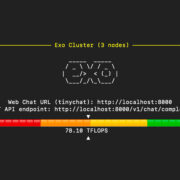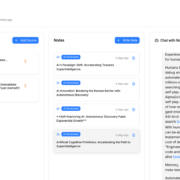DMP vs DSP: Understanding the Key Differences
In the ever-evolving world of digital advertising, marketers have a vast array of tools to optimize their campaigns and ensure their ads reach the right audiences. Among these tools, Data Management Platforms (DMPs) and Demand-Side Platforms (DSPs) play pivotal roles. However, understanding the key differences between DMP vs DSP can be challenging for many advertisers. This article delves into the functions, purposes, and distinctions between DMPs and DSPs, helping you navigate this crucial area of digital marketing.
What is a Data Management Platform (DMP)?
A Data Management Platform (DMP) is a technology that collects, organizes, and analyzes data from various sources to create detailed audience profiles. The data collected by DMPs is primarily used for targeting and segmentation in digital advertising campaigns. DMPs gather both first-party data (data from your own channels and websites) and third-party data (data purchased from external sources) to help create audience segments based on user behavior, demographics, interests, and other attributes.
Key Functions of a DMP
- Data Collection: DMPs aggregate data from multiple sources, such as websites, apps, social media platforms, CRM systems, and offline sources like surveys.
- Audience Segmentation: They segment this data into categories, such as demographics, interests, location, or past behavior, which helps marketers target specific groups.
- Data Activation: After segmentation, the data is activated through various channels like programmatic advertising, email marketing, and social media platforms.
- Data Analysis: DMPs offer insights into customer behavior and campaign performance, helping marketers refine their strategies.
Why is a DMP Important?
- Enhanced Targeting: By using rich audience data, marketers can ensure their ads are shown to users who are most likely to convert.
- Improved ROI: Proper segmentation ensures more relevant ads, which can increase engagement and ultimately drive higher returns on advertising spend.
- Cross-Channel Integration: DMPs help unify data across various marketing channels, ensuring consistency in messaging and strategy.
What is a Demand-Side Platform (DSP)?
A Demand-Side Platform (DSP) is a technology that allows advertisers to buy digital advertising inventory programmatically across multiple channels and devices. DSPs connect advertisers to various ad exchanges, networks, and publishers, providing access to a vast pool of inventory. The primary purpose of a DSP is to help advertisers manage and optimize their ad spend through real-time bidding (RTB).
Key Functions of a DSP
- Programmatic Buying: DSPs enable advertisers to purchase ad inventory in real time using an automated process, reducing manual effort and enhancing efficiency.
- Ad Campaign Management: Advertisers can create, manage, and track their campaigns across multiple platforms (display ads, video ads, connected TV, mobile, etc.).
- Real-Time Bidding (RTB): DSPs allow advertisers to bid on individual impressions, ensuring that ad placements are cost-effective and competitive.
- Optimization: DSPs offer features like A/B testing, audience targeting, and performance tracking, allowing advertisers to optimize their campaigns based on real-time data.
Why is a DSP Important?
- Efficiency and Scale: DSPs provide a single platform to manage ad campaigns across multiple publishers, saving time and effort for advertisers.
- Advanced Targeting: DSPs can leverage audience data from DMPs and other sources to target specific user groups more effectively.
- Cost-Effective Advertising: With real-time bidding, advertisers only pay for impressions that meet their targeting criteria, optimizing their advertising budget.
DMP vs DSP: The Key Differences
While both DMPs and DSPs are crucial tools in the digital marketing ecosystem, their functions and purposes are distinct. Here’s a breakdown of the key differences between DMPs and DSPs:
1. Primary Purpose
- DMP: Primarily focused on data management and audience segmentation. DMPs help advertisers gather, organize, and analyze data to inform targeting decisions.
- DSP: Focused on ad buying and campaign management. DSPs enable advertisers to purchase ad inventory programmatically and optimize campaigns in real time.
2. Data Handling
- DMP: Handles audience data, including both first-party and third-party data, which is used for segmentation and targeting. DMPs don’t actually buy ads; they provide the necessary insights to do so.
- DSP: Handles the actual purchasing of ad inventory. DSPs use data (often sourced from DMPs) to place ads programmatically across different publishers and platforms.
3. Type of Data
- DMP: Deals with a broader spectrum of data, including user behavior, demographics, and interactions from multiple sources.
- DSP: Primarily works with the audience data provided to it (often from DMPs or other third-party sources) to optimize ad placements.
4. Control Over Campaigns
- DMP: Provides detailed analytics and insights but does not control the actual buying or placement of ads.
- DSP: Provides the platform for ad buying and campaign management, giving advertisers direct control over where and when their ads appear.
5. Integration with Other Technologies
- DMP: Often integrates with CRM systems, web analytics tools, email marketing platforms, and other sources of data.
- DSP: Integrates with ad exchanges, ad networks, and other programmatic platforms to buy inventory and deliver ads.
How DMPs and DSPs Work Together
While DMPs and DSPs serve distinct functions, they often work together in an integrated advertising ecosystem. Here’s how:
- Audience Data Sharing: A DMP collects valuable audience data, which can be shared with a DSP to improve targeting. By leveraging detailed insights from the DMP, the DSP can place ads more effectively, ensuring they reach the right users at the right time.
- Improved Campaign Performance: With audience data from a DMP, DSPs can optimize bidding strategies and ad placement decisions in real time, leading to better ad performance and higher ROI.
- Cross-Channel Marketing: Both tools enable a seamless, cross-channel marketing experience. A DMP can collect data from multiple platforms, which can then be used by the DSP to buy ad inventory across various channels, including display ads, video ads, and connected TV.
The Role of Connected TV and OTT Advertising in the DMP-DSP Ecosystem
The rise of connected TV (CTV) and over-the-top (OTT) advertising has transformed the digital advertising landscape. As more consumers shift to streaming services, advertisers are looking for ways to leverage DMPs and DSPs for efficient CTV and OTT campaigns.
- DMPs in CTV Advertising: DMPs collect valuable data from CTV platforms, such as viewing habits, demographics, and device usage. This data can then be used to create targeted audience segments for OTT advertising.
- DSPs in CTV Advertising: DSPs allow advertisers to purchase programmatic ad inventory on CTV platforms, such as streaming services like Hulu or Roku, ensuring that ads are shown to the right viewers in real time.
The Importance of Performance Marketing and Demand Generation
Both DMPs and DSPs play a crucial role in performance marketing and demand generation.
- Performance Marketing: DMPs provide the necessary data to target the right audience, while DSPs ensure that ad dollars are spent efficiently through programmatic buying and optimization.
- Demand Generation: By leveraging both DMP and DSP capabilities, advertisers can create highly targeted campaigns that generate interest and drive conversions, ensuring that demand for products or services is consistently met.
Conclusion
Understanding the distinctions between DMPs and DSPs is essential for advertisers looking to optimize their digital marketing strategies. While DMPs help collect and analyze audience data, DSPs are responsible for programmatically buying ad inventory and optimizing campaigns. Together, these tools create a powerful ecosystem that enables efficient targeting, better ad performance, and a more streamlined advertising process. Whether you’re exploring programmatic advertising, connected TV, or other digital marketing techniques, a clear understanding of DMP vs DSP can help you make more informed decisions and achieve your advertising goals.










